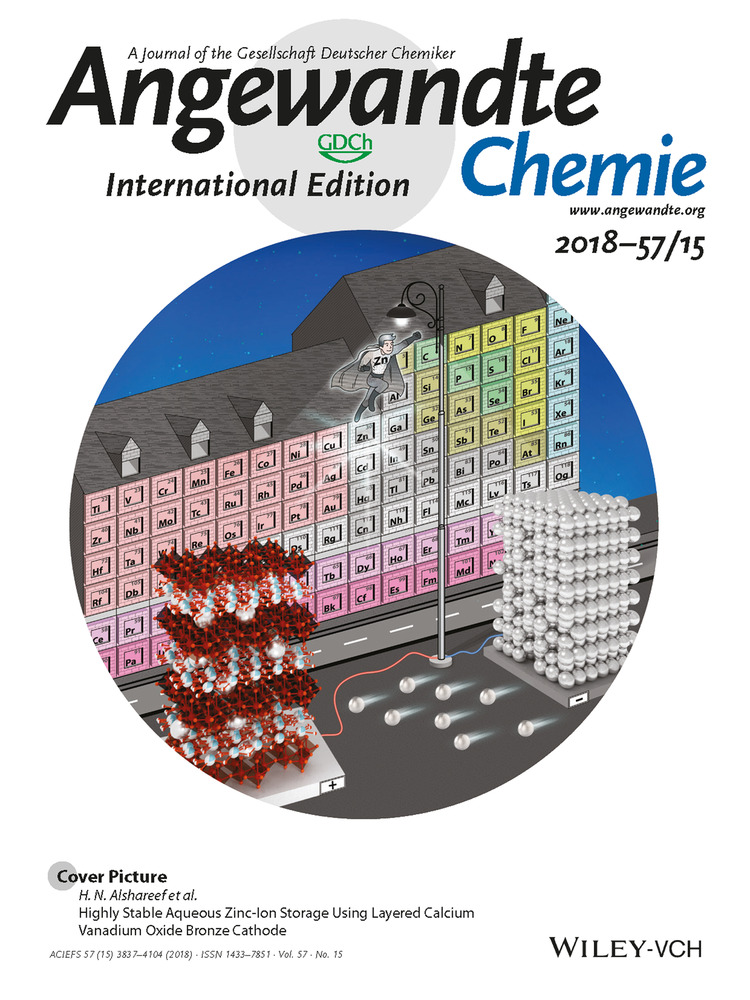Modifying the Steric Properties in the Second Coordination Sphere of Designed Peptides Leads to Enhancement of Nitrite Reductase Activity
Graphical Abstract
Second is best: A significant increase in nitrite reductase activity is achieved by modification of the steric properties of the second coordination sphere of a type 2 copper center. The steric properties can be harnessed to control metal coordination and reactivity in a 3-stranded coiled coil TRI peptide scaffold (TRIW-H).
Abstract
Protein design is a useful strategy to interrogate the protein structure-function relationship. We demonstrate using a highly modular 3-stranded coiled coil (TRI-peptide system) that a functional type 2 copper center exhibiting copper nitrite reductase (NiR) activity exhibits the highest homogeneous catalytic efficiency under aqueous conditions for the reduction of nitrite to NO and H2O. Modification of the amino acids in the second coordination sphere of the copper center increases the nitrite reductase activity up to 75-fold compared to previously reported systems. We find also that steric bulk can be used to enforce a three-coordinate CuI in a site, which tends toward two-coordination with decreased steric bulk. This study demonstrates the importance of the second coordination sphere environment both for controlling metal-center ligation and enhancing the catalytic efficiency of metalloenzymes and their analogues.





